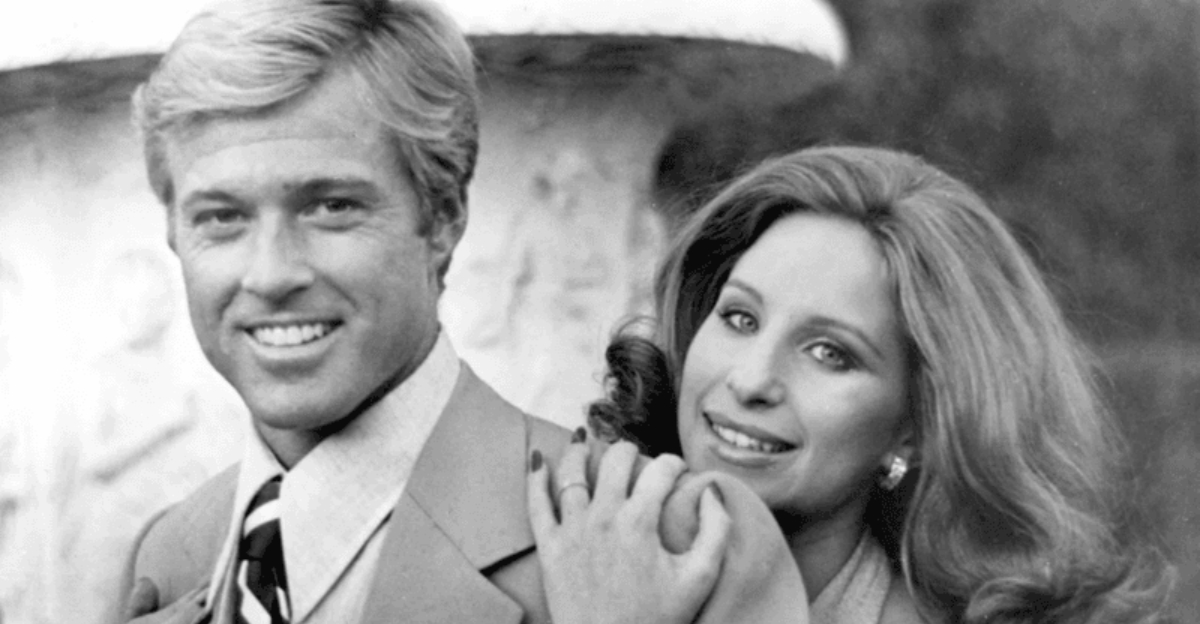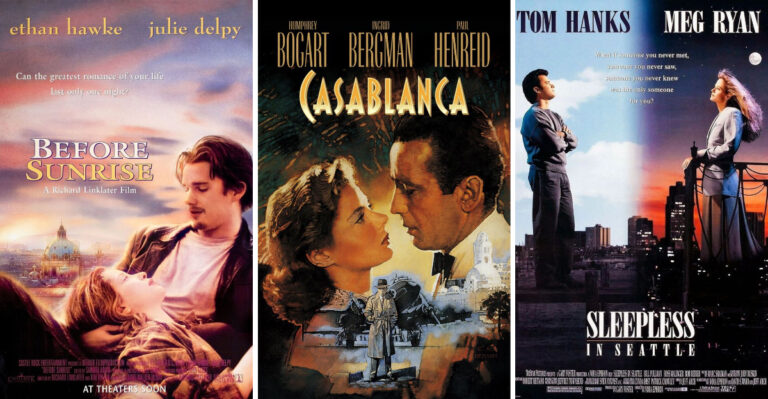16 Dating Rules From The 70s That Sound Completely Insane Now
The 1970s was a vibrant era of cultural shifts, bell-bottom jeans, and disco fever. However, it was also a time when dating norms were steeped in traditional roles that might sound peculiar today. As society evolves, so do the unwritten rules of romance.
Let’s journey back to the ’70s and explore some of these dating rules that seem quite out of place in our modern world. From rigid gender roles to societal expectations, these rules highlight how much has changed in the dating landscape.
1. The man should always make the first move
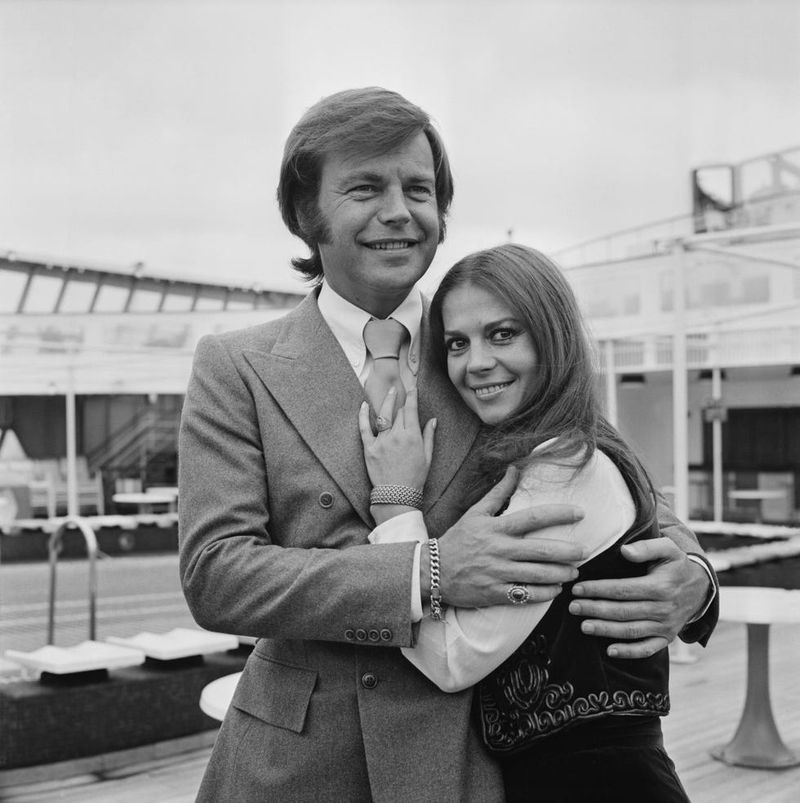
In the 1970s, the notion that men should always make the first move was prevalent. Men were seen as the initiators, expected to exhibit confidence and charm. Women, in contrast, were to remain passive recipients of these advances. This dynamic often led to misunderstandings and pressure on both sides, as the responsibility of initiating romance fell solely on one gender.
Today, the dating scene has shifted to embrace equality, with both men and women feeling free to express interest. Communication is encouraged, and relationships are built on mutual understanding rather than traditional roles.
This evolution reflects a broader societal change towards recognizing the importance of equal partnerships, fostering genuine connections between individuals.
2. Women should “play hard to get”
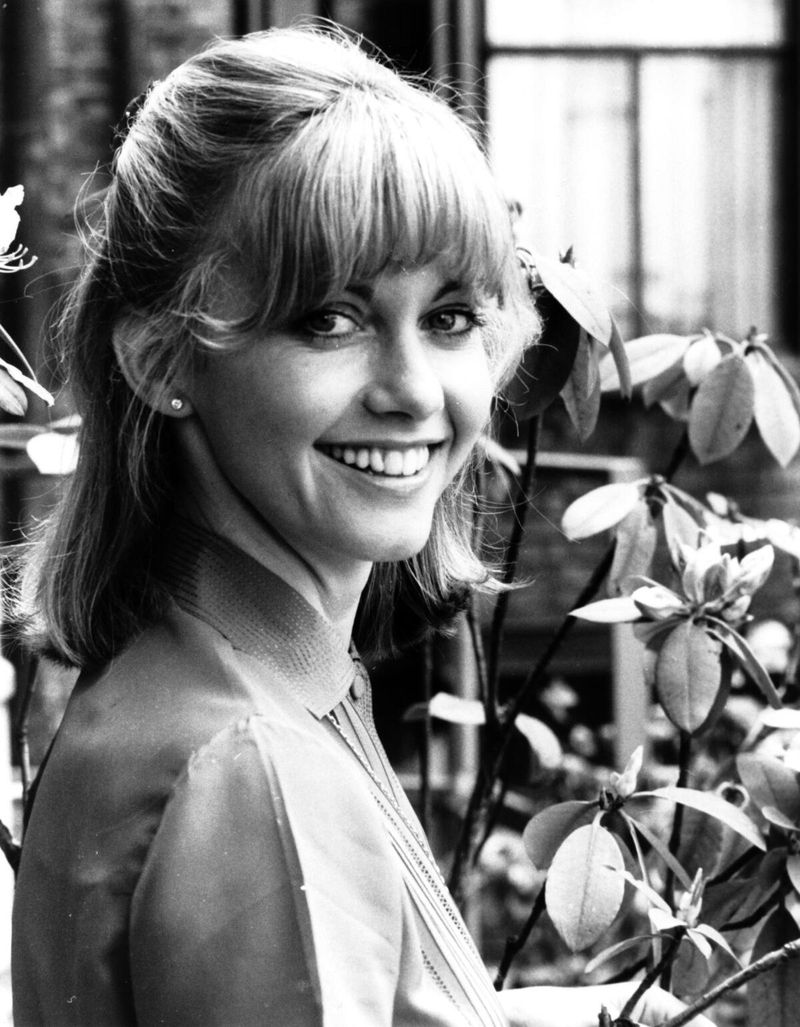
Playing hard to get was a common strategy for women in the 1970s, seen as a way to make oneself more desirable. This tactic relied on the idea that being elusive would increase a man’s interest and effort in pursuing a relationship.
Such games often led to confusion and miscommunication, leaving both parties unsure of where they stood. Modern dating encourages openness and clarity, valuing honesty over mysterious allure.
The shift away from such mind games signifies a move towards healthier, more genuine interactions where both parties can express their feelings without fear of losing attractiveness. The focus is now on mutual respect and understanding, rather than manipulation.
3. Don’t call a man—wait for him to call you
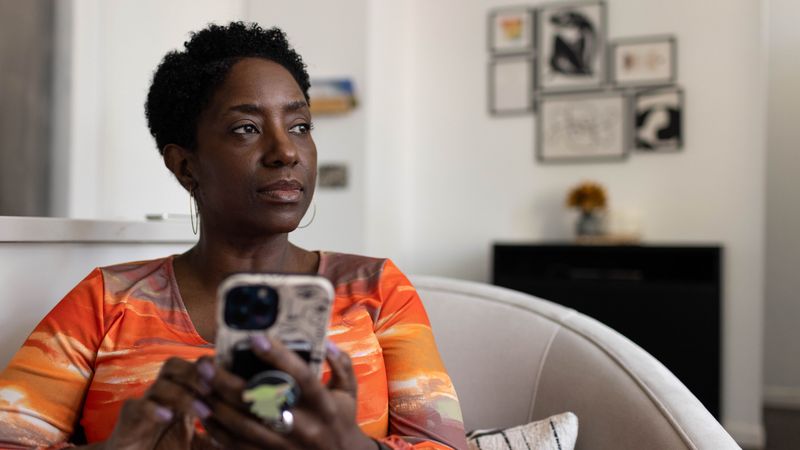
In the ’70s, women were advised to wait for the man to call, reinforcing the notion that men were the primary decision-makers in relationships. This rule was rooted in the belief that men should lead, while women should remain patient and passive.
Today, such dated advice is seen as restrictive, as both men and women are encouraged to take initiative in communication. This change reflects broader societal shifts towards gender equality, where relationships are partnerships built on mutual effort.
By dismantling these outdated norms, modern dating allows for more authentic and dynamic connections, where both parties can express themselves freely and equally.
4. Split checks? Never—he always pays
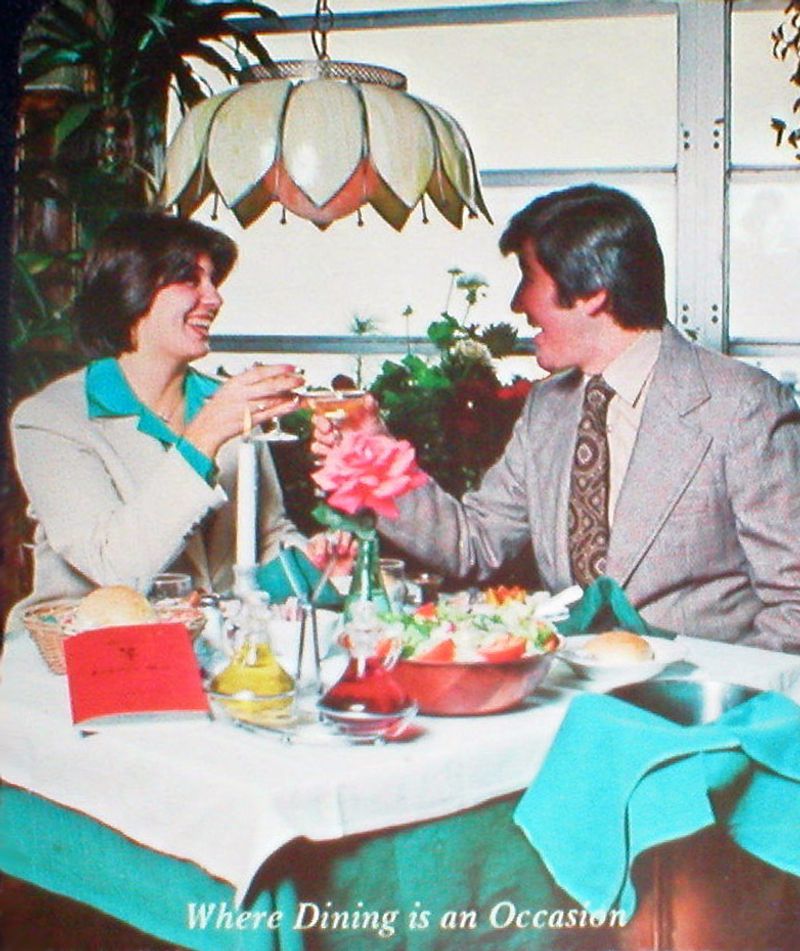
In the 1970s, it was customary for the man to pay for dates, reflecting the societal expectation that men were the providers. This practice reinforced traditional gender roles, where financial responsibility was seen as a man’s duty.
Nowadays, the concept of splitting checks is widely accepted, symbolizing equality and shared responsibility in relationships. Couples often prefer to share expenses, recognizing that financial partnership is an integral part of modern romance.
This evolution in dating etiquette highlights the move towards egalitarian relationships, where both parties contribute equally, fostering a sense of partnership and mutual respect.
5. Wait three days before calling after a date
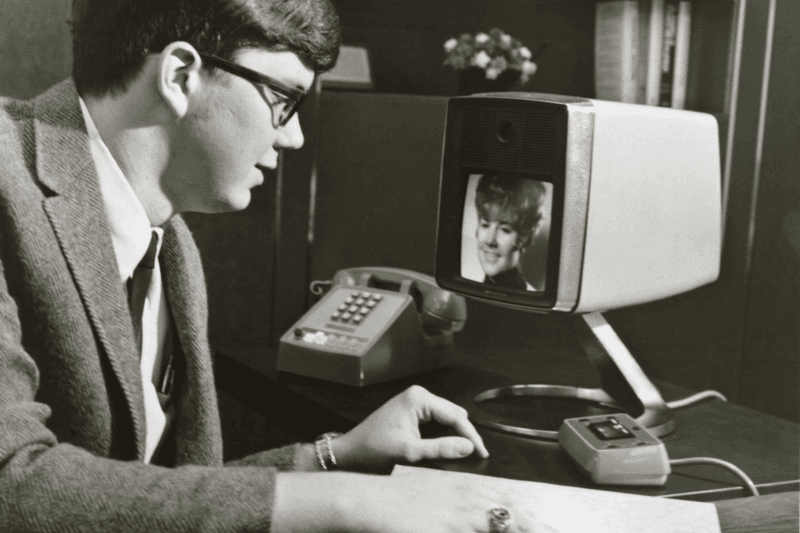
The rule of waiting three days before calling after a date was a staple in the 1970s. This guideline was meant to create anticipation and intrigue, suggesting that immediate contact might appear too eager or desperate.
However, such tactics often resulted in unnecessary anxiety and misinterpretation, as both parties were left guessing each other’s interest level. Today’s dating culture embraces timely communication, valuing sincerity and clarity over outdated games.
By prioritizing open dialogue, modern relationships are free from the constraints of arbitrary rules, allowing for more honest and direct expressions of interest. This change mirrors a broader cultural shift towards authenticity and straightforwardness in personal interactions.
6. Don’t talk about politics or money—ever

The 1970s dating scene advised couples to steer clear of topics like politics or money, believing these discussions could lead to conflict. Such advice was rooted in the desire to keep interactions light and carefree, avoiding potential disagreements.
Today, open communication about important issues is encouraged, as understanding a partner’s values and beliefs is crucial to building a meaningful connection. Avoiding these topics may lead to superficial relationships lacking depth.
Modern dating recognizes that discussing complex subjects is essential for compatibility, fostering relationships grounded in mutual respect and shared values. This shift highlights the importance of authenticity and honesty in today’s romantic partnerships.
7. Women should laugh at all his jokes
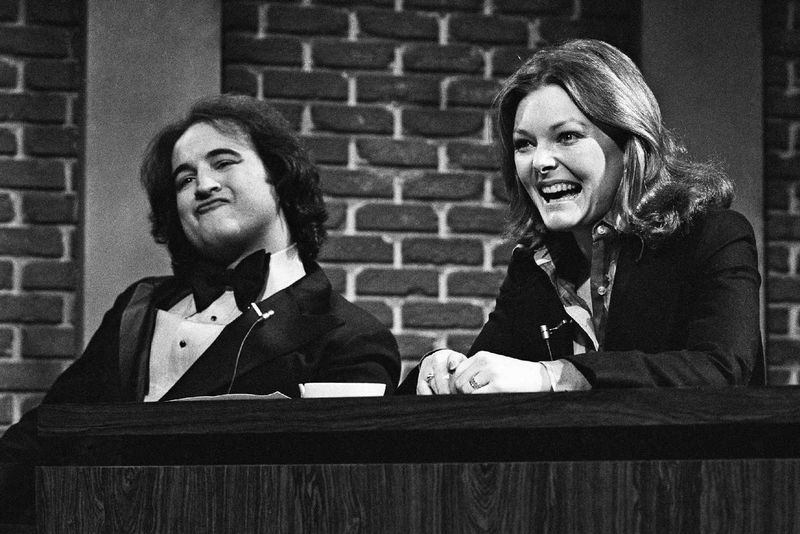
In the 1970s, women were often advised to laugh at a man’s jokes, regardless of their genuine amusement. This rule was meant to bolster the man’s ego, reinforcing his role as the entertainer and leader in the relationship.
Such advice placed undue pressure on women to feign interest, potentially leading to inauthentic interactions. Today, relationships are built on genuine connection, where both parties are encouraged to be themselves.
The move away from such superficial guidelines signifies a shift towards partnerships based on honesty and mutual appreciation, rather than performative gestures. This evolution reflects the broader cultural embrace of authenticity over outdated gender roles.
8. Marriage should be your ultimate dating goal
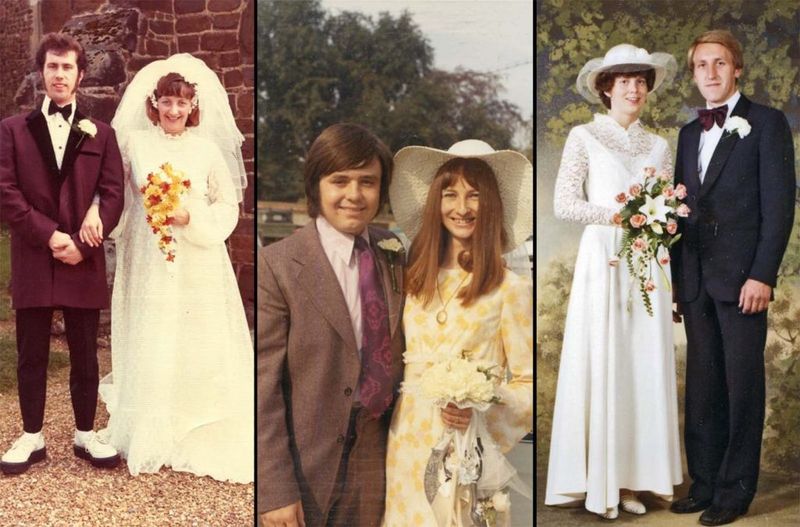
The 1970s emphasized marriage as the ultimate goal of dating, with societal expectations pushing couples towards matrimony. This perspective often overshadowed personal growth and individual aspirations, treating relationships as merely a means to an end.
Today, relationships are valued for the connection and companionship they provide, rather than just a stepping stone to marriage. Individuals are encouraged to explore various forms of commitment, prioritizing personal fulfillment.
The shift away from marriage-centric dating reflects a broader cultural acceptance of diverse relationship models, celebrating love and partnership in its many forms. This change signifies a move towards inclusivity and understanding in modern romance.
9. Don’t let him see you without makeup
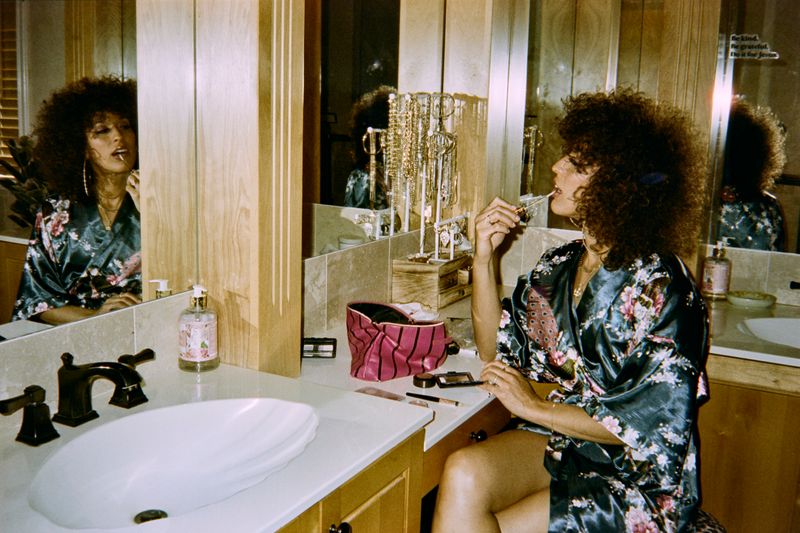
In the 1970s, women were often advised never to let a man see them without makeup, reinforcing societal beauty standards and the pressure to maintain a facade of perfection. This rule perpetuated the idea that a woman’s value was tied to her appearance.
Modern dating celebrates authenticity and self-acceptance, encouraging individuals to embrace their true selves, flaws and all. The pressure to conform to superficial beauty ideals has diminished, as genuine connections are valued over appearances.
This shift reflects a cultural move towards self-empowerment and acceptance, emphasizing the importance of individuality in relationships. The modern dating landscape prioritizes inner beauty and character over outdated norms.
10. Avoid seeming “too smart” or “too ambitious”
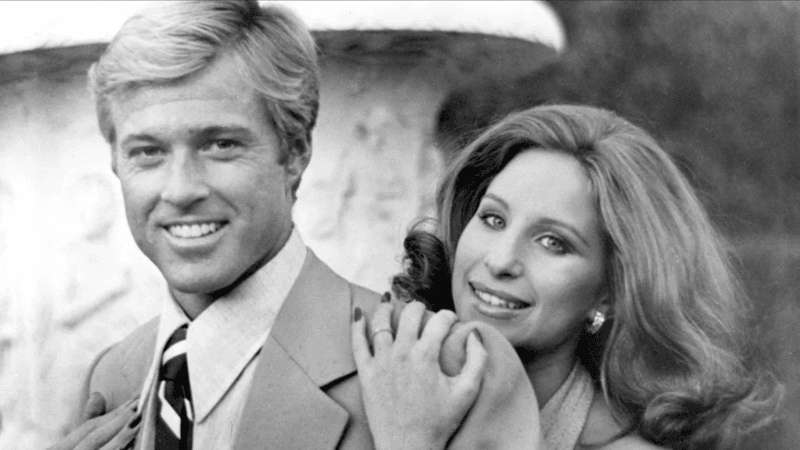
The 1970s dating advice often cautioned women against appearing too smart or ambitious, fearing it might intimidate potential partners. This rule reflected the era’s gender norms, which valued traditional femininity over individual aspirations.
Today’s dating culture champions intelligence and ambition, celebrating individuals who pursue their goals and express their opinions freely. A partner’s success and intellect are now seen as desirable traits, fostering mutual respect and admiration.
The rejection of such outdated advice highlights a cultural shift towards gender equality, empowering individuals to be unapologetically themselves in relationships. This evolution mirrors a broader societal embrace of diversity and individuality.
11. A woman should never ask a man out
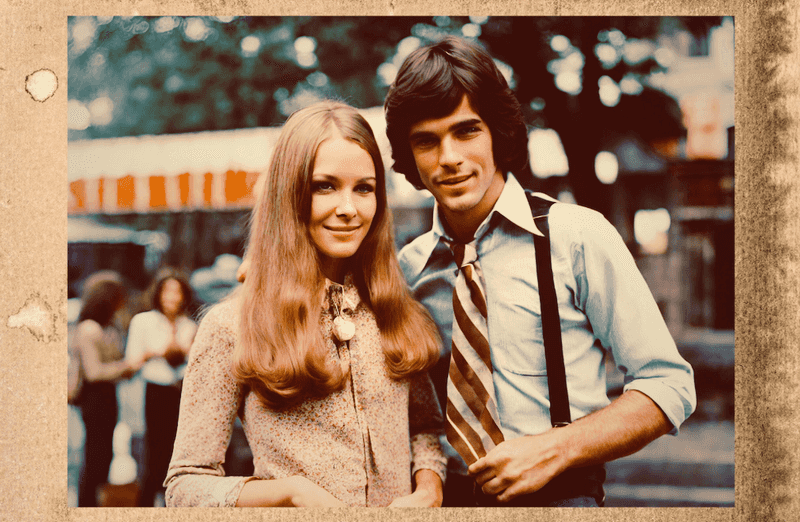
In the 1970s, it was deemed inappropriate for a woman to ask a man out, reinforcing traditional gender roles where men were the pursuers. This norm placed the onus on men to initiate relationships, limiting women’s agency in the dating world.
Modern dating encourages individuals of all genders to express their interest openly, breaking free from these restrictive norms. Women today feel empowered to take the lead, fostering a dating culture of equality and mutual interest.
This shift signifies a move towards more dynamic and balanced relationships, reflecting broader societal changes in gender roles and expectations. The modern landscape values partnership and shared initiative over outdated conventions.
12. Pretend you’re not hungry on the first date
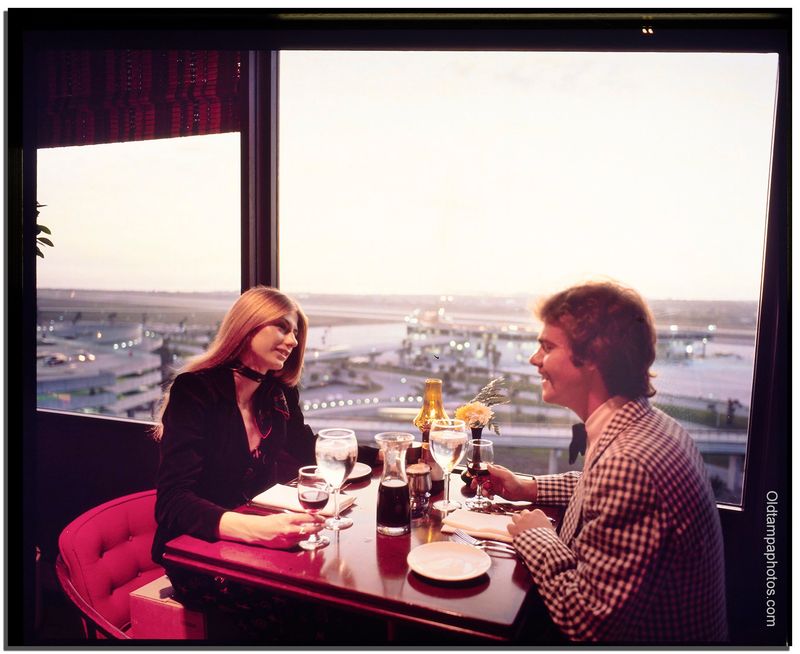
In the 1970s, women were often advised to pretend they weren’t hungry on first dates, a notion rooted in outdated ideas about femininity and attractiveness. This advice suggested that appearing dainty and delicate would be more appealing.
Such norms placed unnecessary pressure on women to conform to unrealistic standards, detracting from genuine enjoyment and comfort. Today, authenticity and enjoyment are prioritized, encouraging individuals to be themselves without pretense.
This shift towards embracing one’s true self reflects broader cultural changes, valuing individuality and confidence over superficial stereotypes. Modern dating celebrates genuine connections, where both parties can share in the experience without constraints.
13. Divorcees were considered “damaged goods”

In the 1970s, divorcees were often stigmatized as “damaged goods,” a reflection of the era’s conservative views on marriage and divorce. This label carried a heavy weight, limiting opportunities for remarriage and acceptance in social circles.
Modern society has largely shed these prejudices, recognizing divorce as a natural part of many people’s life journeys. Today, individuals are encouraged to view past relationships as learning experiences, free from judgment.
This shift towards acceptance and understanding signifies a broader cultural change, where diversity in life experiences is valued and respected. The modern dating world embraces inclusivity, allowing everyone to seek love and companionship without stigma.
14. Men should be the breadwinners, no exceptions
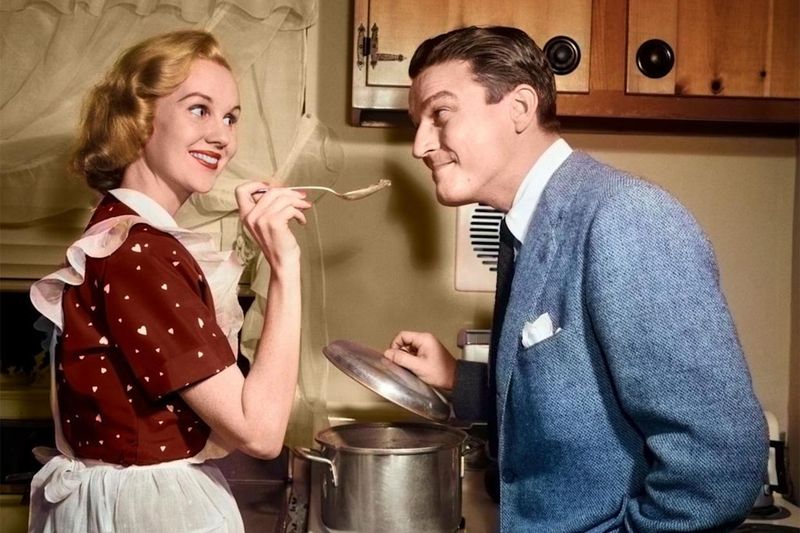
The 1970s strongly adhered to the notion that men should be the breadwinners, reinforcing traditional gender roles in both professional and domestic spheres. This expectation often limited opportunities for women, confining them to homemaker roles.
Today, relationships are built on partnership and equality, with both men and women contributing to the household in various ways. The modern dating scene embraces diverse career paths and shared responsibilities, breaking free from rigid roles.
This cultural evolution reflects a broader acceptance of gender equality and individual choice, empowering people to define their roles within relationships. Modern partnerships celebrate mutual respect and collaboration, valuing each person’s contributions.
15. Only date within your social class

The 1970s dating culture often emphasized class distinctions, advising individuals to date within their social class to ensure compatibility and social acceptance. This guideline was rooted in societal norms that valued class conformity over personal connection.
Today’s dating landscape is far more inclusive, celebrating diversity and individuality. People are encouraged to form connections based on mutual interests and values, rather than social status.
This shift signifies a move towards more open-minded and accepting relationships, reflecting broader societal changes in attitudes towards class and diversity. Modern romance is defined by genuine connection and shared experiences, transcending outdated social barriers.
16. Never show you’re more successful than him
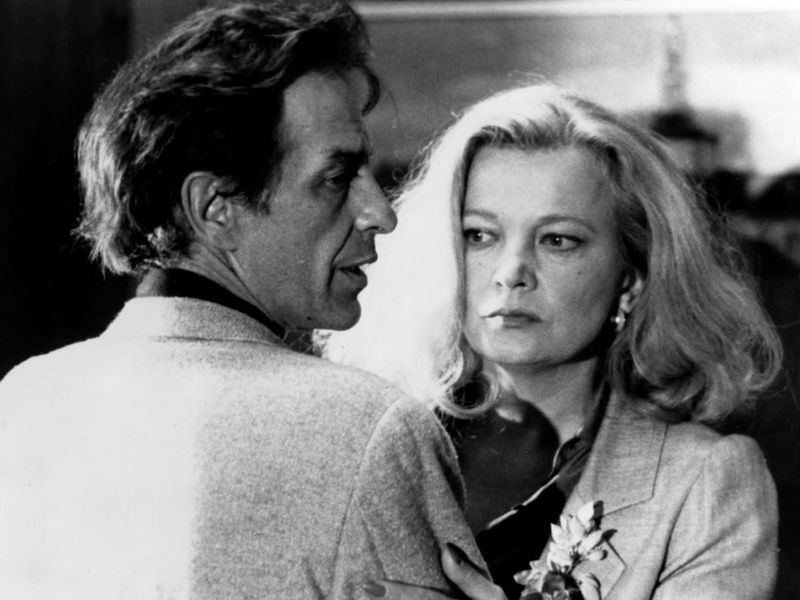
In the 1970s, women were often discouraged from showcasing their success, especially if it surpassed that of their male partners. This rule was rooted in traditional gender roles that valued male dominance in both professional and personal spheres.
Today’s dating culture celebrates success and ambition, regardless of gender. Individuals are encouraged to pursue their goals and share their achievements openly, fostering mutual respect and support.
The move away from such suppressive norms highlights a cultural shift towards gender equality and empowerment, where both partners can thrive together. Modern relationships value collaboration and encouragement, embracing each other’s strengths and successes.

